The reason tennis balls are yellow is largely thanks to Sir David Attenborough
Sir David Attenborough, famous for his documentaries on nature, played a key role in the decision to change tennis balls from white to yellow.
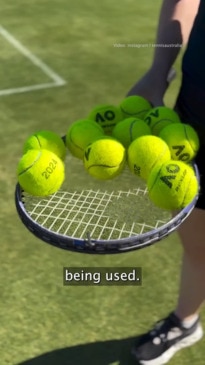
Yellow tennis balls are ubiquitous on TV screens — especially during Australian Open season. But it wasn’t always that way.
The story of how tennis balls went from white to yellow is an intriguing one, with British broadcaster and biologist Sir David Attenborough playing a key role.
Lawn tennis has its origins in medieval French monasteries and courts, where monks and royals started hitting around balls made of leather stuffed with wool or rags in a game known as “royal tennis”.
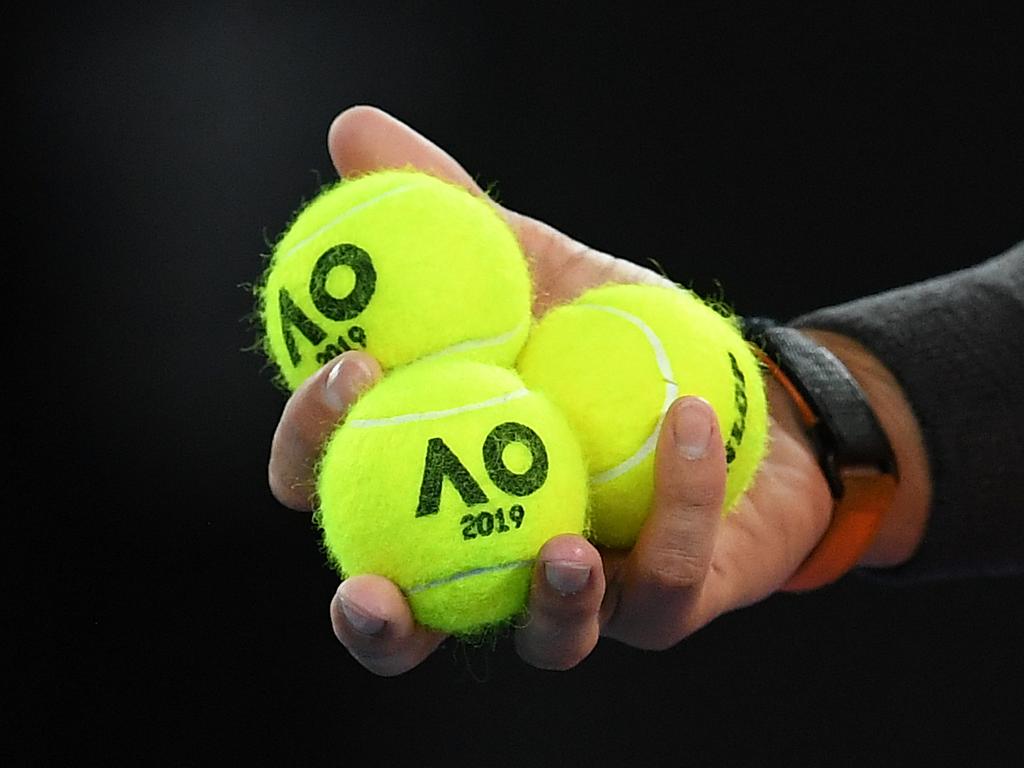

Over time the balls evolved into their modern form. They are now hollow balls made from felt-covered rubber with a diameter of 6.54–6.86cm.
Modernisation was kicked off in the 1870s after a vulcanisation process was developed by Charles Goodyear. That involved using Indian rubber to make tennis balls, according to a “history of tennis balls” document produced by the International Tennis Federation.
The balls were either black or white.
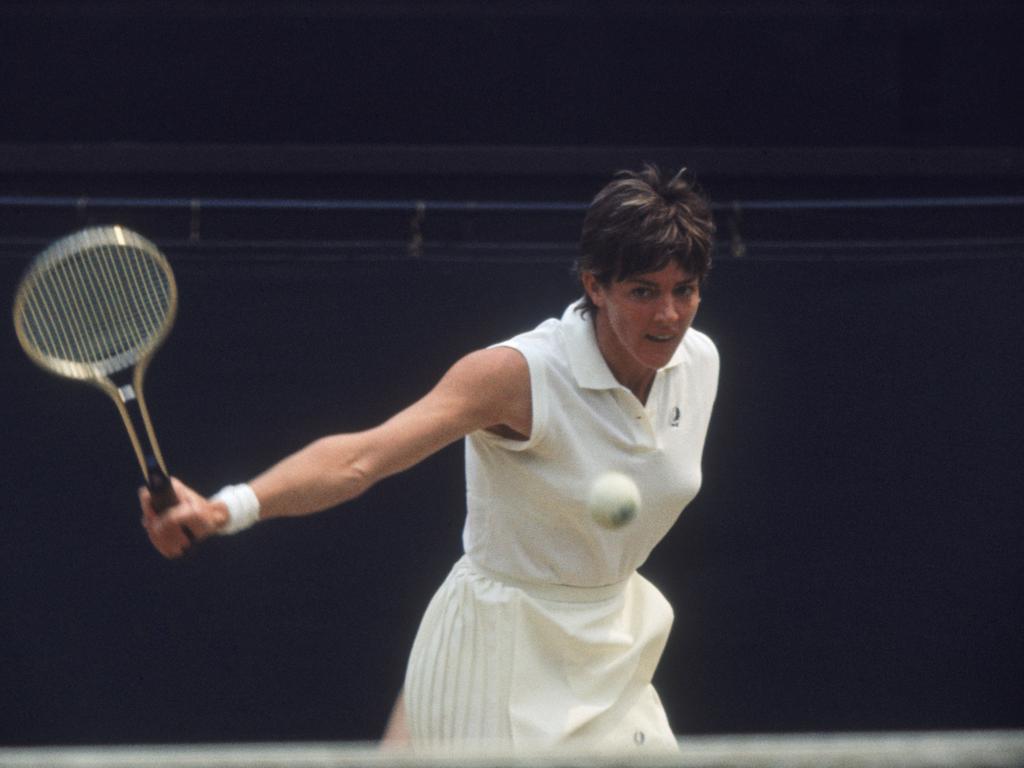

This changed in 1972 after research showed that yellow balls were more visible to television viewers. However, the change wasn’t introduced at ultra-traditional Wimbledon until 1986.
The change was pushed forward by everybody’s favourite natural history documentary maker Sir Attenborough.
He was employed by the BBC as a controller in 1967, tasked with transitioning the BBC 2 broadcast from black and white to colour.
Thanks to his filming knowledge, he soon discovered that it was difficult for viewers to see the ball as it travelled over the white lines.
John Lloyd, James Harkin and Anne Miller, known from the comedy quiz show QI, penned the book “2,024 QI Facts To Stop You In Your Tracks” in which they noted, “Yellow tennis balls, which look better on colour TV, were the idea of David Attenborough when he was Controller of BBC2. (They used to be white.),” The Sun reports.
Sir Attenborough himself explained in an article for RadioTimes how he rushed to introduce colour.
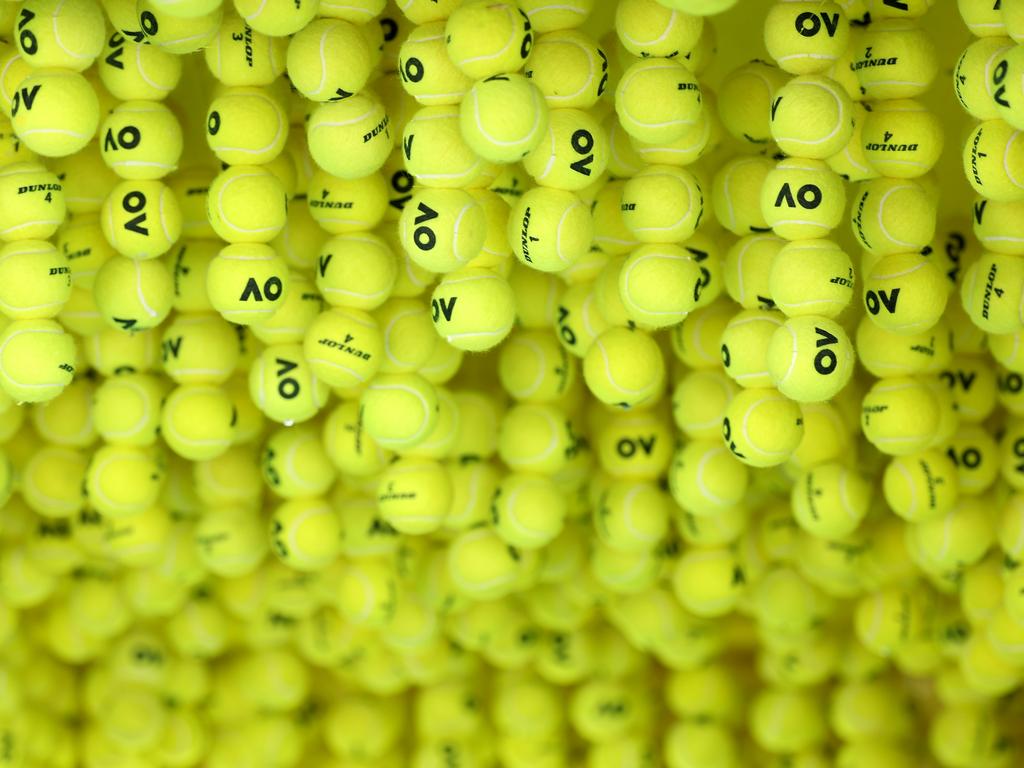
“We had been asking the government over and over again and they wouldn’t allow us, until suddenly they said, ‘Yes, OK, you can have it, and what’s more you’re going to have it in nine months’ time,’ or whatever it was,” he wrote.
“I mean, a ridiculously short period. They had no idea of the complexity involved. Even then, the cameras were changing. The engineers didn’t want to buy a complete set of studio cameras that would be significantly outdated within a year. So I had to predict when we would start – and, in a childish sort of way, I wanted to be first.”
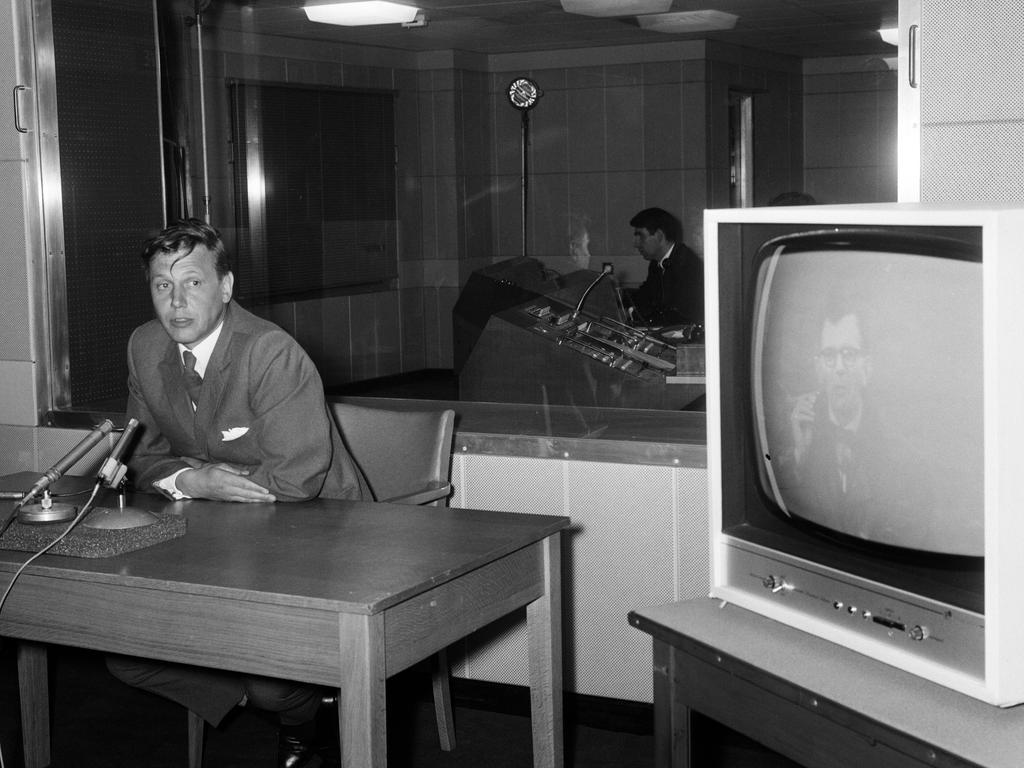
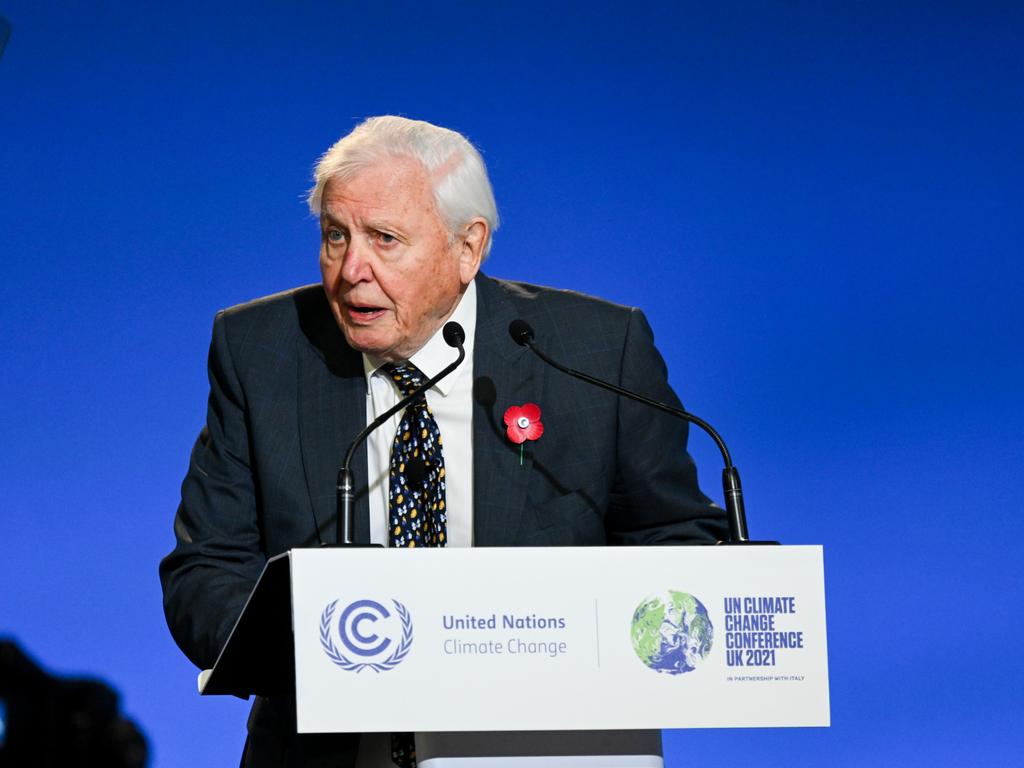
He explained he wanted to beat West Germany in introducing colour, after the US and Japan had already done so.
“And it suddenly dawned on me that the one thing we did have was outside broadcast units,” he said. “I thought, ‘Blimey, couldn’t we deploy them?’ And then I thought of Wimbledon. I mean, it is a wonderful plot: you’ve got drama, you’ve got everything. And it’s a national event, it’s got everything going for it.”
Roger Federer settles the "What color is a tennis ball?" debate. 🎾🤔
— SB Nation (@SBNation) March 20, 2018
(📹: @delaneyanndold) pic.twitter.com/Vb9OdRqg79
Curiously, whether balls are yellow or green is the subject of controversy.
In the since-deleted post, Kat Woods wrote: “What colour is this tennis ball? (apparently this is a strangely divisive question).”
The Twitter poll with 30,000 votes resulted in 52 per cent stating the balls are green, 42 per cent yellow and 6 per cent “other”, The Atlantic reported in a deep dive on the subject.
Even Roger Federer weighed in on the debate after he was asked by a man, “Hey Roger are tennis balls green or yellow?”
“They’re yellow right?” he answered with a smile.
“I think they’re green my son thinks they’re yellow,” the man responded.






